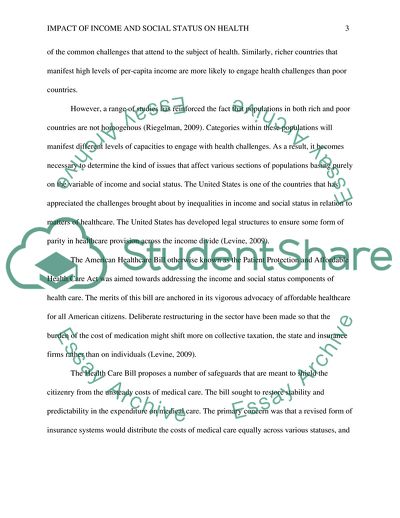Cite this document
(Major Categories of Determinants of Health Education Essay, n.d.)
Major Categories of Determinants of Health Education Essay. Retrieved from https://studentshare.org/nursing/1783252-major-categories-of-determinants-of-health-education
Major Categories of Determinants of Health Education Essay. Retrieved from https://studentshare.org/nursing/1783252-major-categories-of-determinants-of-health-education
(Major Categories of Determinants of Health Education Essay)
Major Categories of Determinants of Health Education Essay. https://studentshare.org/nursing/1783252-major-categories-of-determinants-of-health-education.
Major Categories of Determinants of Health Education Essay. https://studentshare.org/nursing/1783252-major-categories-of-determinants-of-health-education.
“Major Categories of Determinants of Health Education Essay”. https://studentshare.org/nursing/1783252-major-categories-of-determinants-of-health-education.


